Here is the overview of the top 10 tools to collect first-party data from your target customers,
1. Google Analytics 4: Track user behavior, demographics, and traffic sources on your website and app.
2. GoZen Forms AI: Easily collect surveys, feedback, quizzes, and poll responses from your target customers.
3. GoZen Engage AI: Gather customer data while engaging them with interactive, gamified content.
4. Optinly: Collect name and email IDs from website traffic with intelligent messaging pop-ups.
5. GoZen Notify: Collect user preferences through timely and personalized website notification bars.
6. ConvertKit: Collect email IDs from your audience through landing pages and pop-ups and automate email messages to them.
7. GoZen Growth: Collect email leads through pop-ups and automate personalized email marketing messages.
8. Typeform: Collect customer data through conversational online forms, surveys, quizzes, and polls.
9. OptinMonster: Collect email IDs from your website traffic through hyper-targeted pop-ups.
10. Hotjar: Record your website traffic’s real-time behavior through heatmaps and records. You can also collect feedback.
Use the table below to navigate and read more about the tool. Discover first-party data, the customer data platform (CDP), real-life examples of first-party data collection and usage, and more.
Table of Contents
Why are marketers collecting first-party data?
There are 3 reasons why marketers are talking about and start collecting first-party data and other data types,
1. Consumers are becoming anxious and worried about how companies collect and use data. Data privacy concern is a big thing now.
2. Data privacy regulation laws likeGeneral data protection regulation (GDPR) and California consumer protection act (CCPA) have created stricter rules for companies on customer data collection. According to the law, consent is necessary before collecting data from your target audience and customers.
One of the main reasons why privacy laws have gotten stricter is because of the issues and data privacy risks associated with collecting data using third-party cookies.
Additionally, major browsers such as Google Chrome, Bing, Firefox, Safari, Brave, and others have implemented measures (Google has yet to block third-party cookies entirely) to restrict third-party cookies from tracking the consumer’s online behavior.
3. First-party data are also best for their accuracy and relevancy of customer information. The data is collected directly from the target customers, tracking their behavior and collecting their ideas, feedback, and opinions through brand-owned channels.
The above 3 are the main reasons why marketers are opting for first-party data.
What is first party data? With examples
First-party data is information a company collects directly from its customers through business-owned channels.
This consumer data is gathered from interactions such as website visits, mobile app usage, purchase history, and direct communication channels like email and call centers.
The critical point is that the data source must be business-owned, such as your website, social media channels, emails, apps, or data collection tools.
First-party data is highly valued because it comes straight from the audience, making it accurate, cost-effective, and easy to manage.
10 Examples of First-Party Data
1. Website Visits: Data collected from user interactions on your website, such as page views, time spent on each page, and navigation paths.
2. Mobile App Usage: Information gathered from interactions within your app, including frequently used features, session duration, and in-app purchases.
3. Purchase History: Customers’ transaction records, including purchased products, purchase dates, and transaction amounts.
4. Email Engagement: Data from email campaigns, such as open rates, click-through rates, and responses to email surveys or promotions.
5. Contact Information: Personal details provided by users through sign-up forms, surveys, or account creation, including names, email addresses, and phone numbers.
6. Social Media Interactions: Insights from engagement on your social media channels, such as likes, shares, comments, and mentions.
7. Customer Support Interactions: Information from customer service channels, including chat logs, call records, and support tickets.
8. User Feedback: Responses collected from customer feedback forms, surveys, and product reviews.
9. Loyalty Program Data: Information from loyalty programs, such as membership status, reward points, and redemption history.
10. Referral Data: Details of how users found your website or app, including referral sources like search engines, social media, and direct links.
Importance of Obtaining Explicit Consent
Getting explicit user consent is essential when collecting first-party data, such as website analytics.
You should clearly communicate what data you’re collecting and how it will be used, shared, stored, and protected.
This practice not only complies with privacy laws like GDPR but also builds trust and transparency with your customers.
Always inform your customers before data collection and proceed only with their permission.
Example of Explicit Consent
Here’s how getting explicit consent from your website traffic about data collection looks:
“We use cookies to enhance your browsing experience, analyze site traffic, and personalize content. By clicking ‘Accept All Cookies’, you consent to our use of cookies and other tracking technologies. For more information, please read our Privacy Policy.”
[Accept All Cookies][Customize Settings]“
Difference between first, zero, second, and third party data
| Feature | First-Party Data | Zero-Party Data | Second-Party Data | Third-Party Data |
|---|---|---|---|---|
| Definition | The company collects data directly from customers. | Customers proactively share data with the company. | Another company collects data (their first-party data) and shares it with you. | Aggregators collect data from various sources and provide it to you. |
| Source | Company’s own sources (website, CRM, social media) | Customer surveys, preference centers, polls | Trusted partners’ data (websites, apps, surveys) | Multiple sources (surveys, interviews, feedback) |
| Collection Method | Website analytics tool, Surveys, Email marketing analytics | Survey, Quiz, Polls, Opt-in pop-ups | You buy/share data from other company (Partner) | Purchase data from data marketplaces. |
| Accuracy | High | High | High | Variable |
| Cost | Low (collected directly) | Low (voluntarily provided) | Moderate (shared or purchased) | High (purchased) |
| Privacy | High (the company obtains consent directly) | High (customers give explicit consent) | High (partners typically ensure consent) | Variable (depends on data provider) |
| Data Examples | Website interactions, purchase history, CRM data | Preference data, purchase intentions, survey and feedback responses | Same as first-party data | Demographics, interests, Purchase behavior |
| Use Cases | Personalization, retargeting, audience insights | Personalized marketing, enhanced customer service and experience | Audience expansion and insights | Broad audience targeting |
| Ownership | The company owns the data. | The company owns the data. | The partner owns the data. | Data aggregators own the data. |
| Risk | Low (the company controls the data) | Low (customers voluntarily provide data) | Moderate (depends on partners’ data practices) | High (variable data quality and privacy concerns) |
Why first party data is so important?
High Accuracy and Reliability
First-party data is collected directly from customer interactions, ensuring that the information is accurate and highly reliable.
This data includes website user behaviors, purchase history, social media interactions, and CRM data.
Since you collect this data, you have control over its quality and can ensure it is collected and managed correctly.
Cost-Effective
First-party data is gathered directly from your channels without purchasing it from third-party vendors, making it more cost-effective.
You do not have to pay for access or usage rights, as you own the data.
Higher Personalization
With detailed insights into customer behaviors and preferences, you can create highly personalized marketing messages and experiences.
This allows you to segment your audience effectively, enabling targeted campaigns that resonate with specific customer segments.

For example, Amazon collects data from customers’ browsing and purchase history.
When a customer frequently views fitness-related products,
Amazon recommends similar items on its homepage, enhancing engagement and sales by targeting specific customer preferences.
Future-Proofs Marketing Efforts
As third-party cookies are phased out, dependence on first-party data ensures that your marketing strategies remain relevant to your target customers’ problems, needs, desires, and frustrations.
First-party data remains unaffected by changes in cookie policies and continues to provide valuable insights even as data privacy regulations become stricter.
Privacy and Compliance
Since the data is collected with users’ consent, it aligns with privacy regulations like GDPR and CCPA, building customer trust.
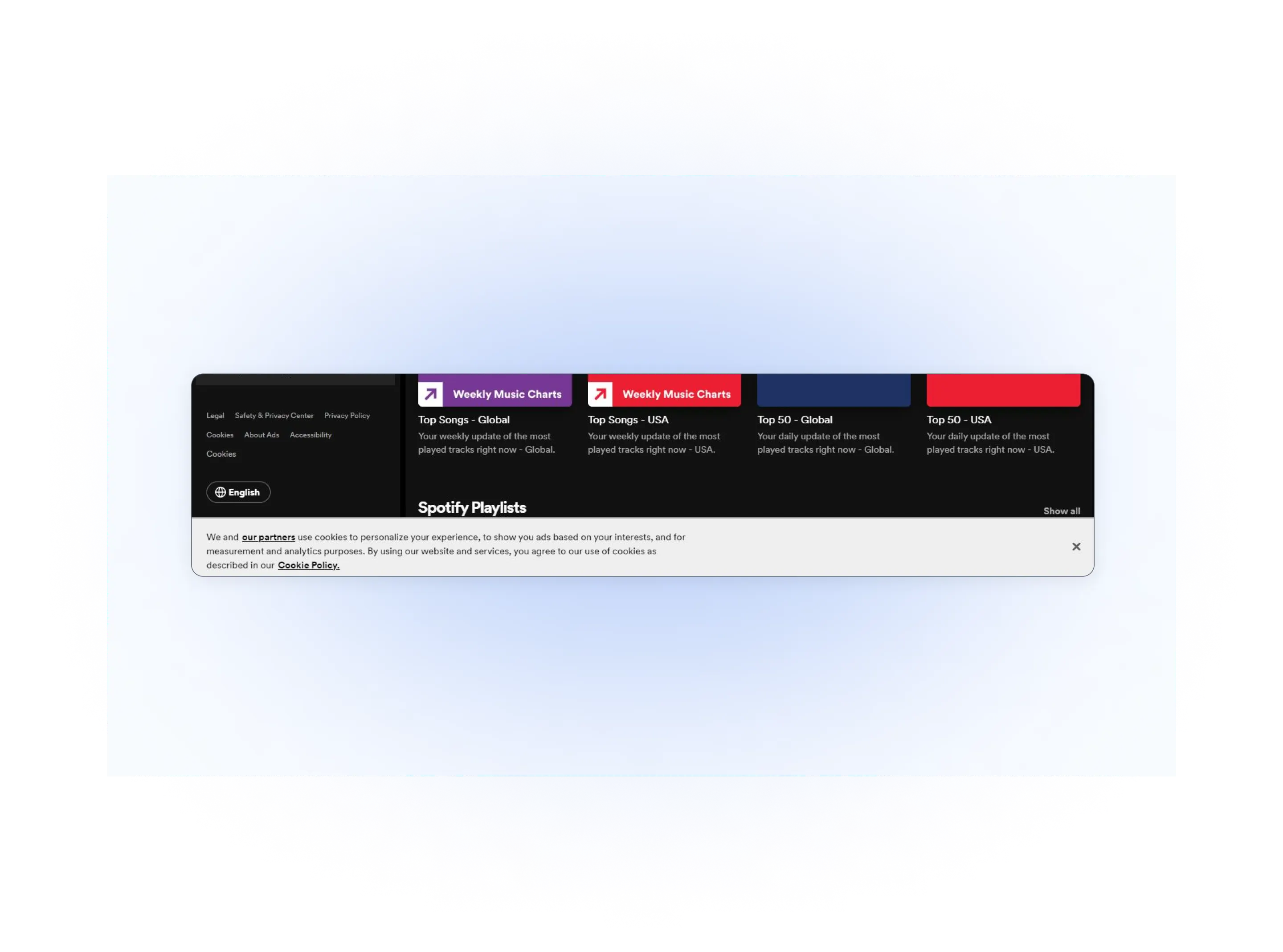
Example: Spotify collects first-party data by asking users to consent to data collection when they sign up and use the service.
Spotify uses this consented data to create personalized playlists like “Discover Weekly,” enhancing user experience while complying with privacy regulations.
- Insightful Analytics
First-party data provides detailed insights into how customers interact with your brand across various brand touchpoints,helping you make better decisions.
For example,
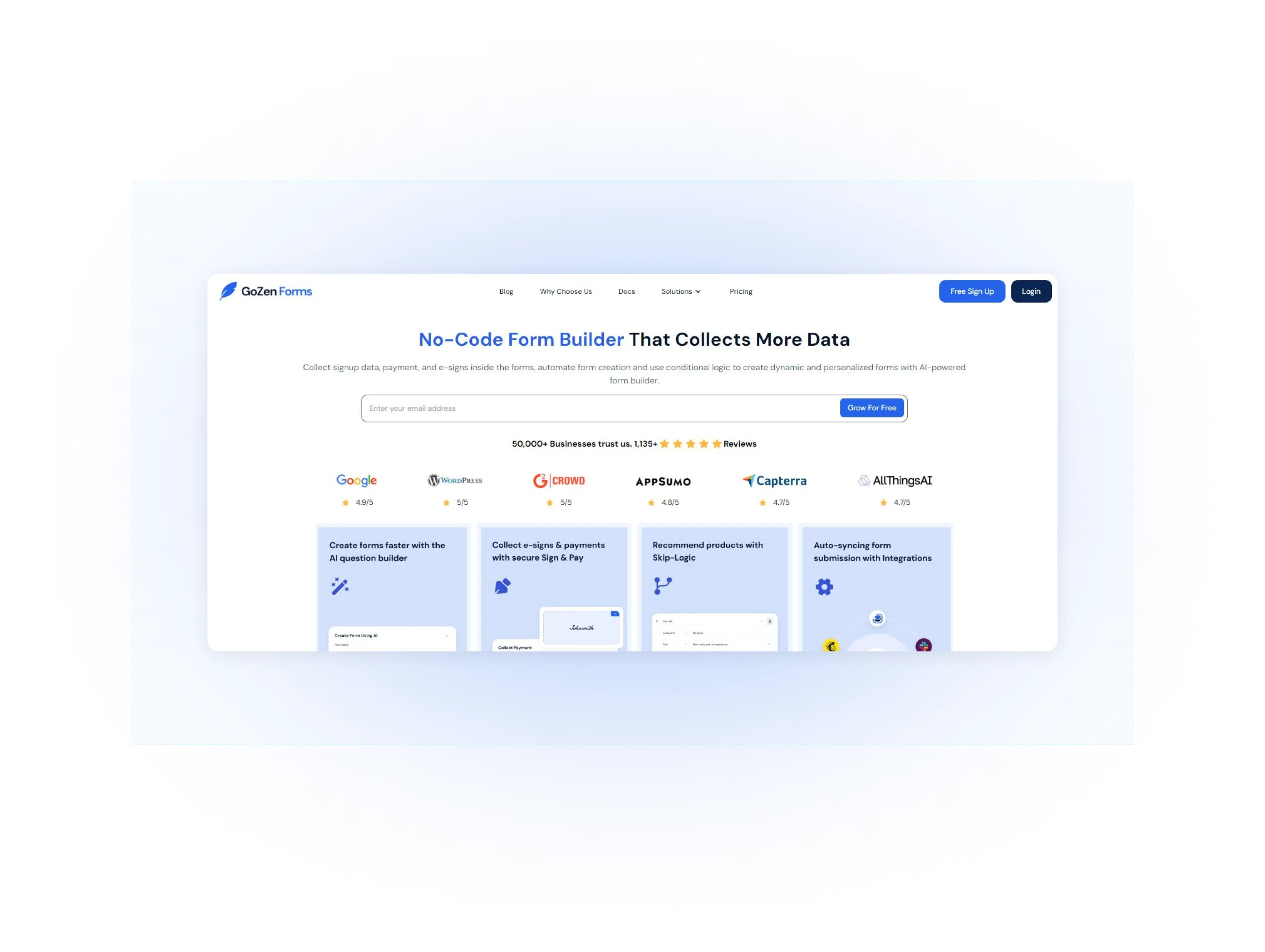
We discovered that 90% of the interaction happens at the top area of the website.
However, our most important product information was in the middle and bottom sections.
We redesigned the site to highlight key product features at the top, ensuring that visitors immediately see the most important information.
- Higher ROI
First-party data helps you create highly segmented audience groups for targeted marketing campaigns, increasing ROI.
Let’s say you are conducting an email marketing nurturing campaign to bring leads closer to buying your product or service.
Initially, first-party data like email preferences, such as the kind of email content your leads are interested in receiving, can help you create targeted emails to the lead’s preference.
This increases the chance they’ll open the email, read your content, and act on it,
Like signing up for your new product or service, even purchasing the basic version of your product to try it out - Because your leads have already said that’s the type of content they are looking for,
Collecting the email content preferences from your leads increases the chance of converting the stale leads into buying customers.
Can you see the power of first-party data here? If the data is directly from your target customers, It’s gold.
- Competitive Advantage
First-party data gives you a competitive edge because it is unique to your organization and unavailable to competitors.
This helps you develop informed marketing strategies based on accurate and relevant customer data.
For example, Insights from your website analytics might reveal a high interest in solving social media marketing problems.
With this knowledge, you can create and promote a comprehensive eBook or course as a lead magnet, increasing your lead numbers and the chances of closing more sales.
Your competitors don’t have access to the data you collected—wink!
How to collect first party data?
Collecting first-party data is essential for personalizing marketing efforts and enhancing customer experiences.
Below are strategies to collect first-party data, with specific examples of the data collected through each method.
Website Tracking Tools and Analytics
Method: Use a website behavior-tracking tool like Google Analytics 4 to track your audience’s interactions on your website.
Data Collected: Pages visited, time spent, specific interactions (form submissions, purchases).
Online Surveys and User Feedback
Method: Conduct surveys and offer incentives like discounts to generate interest among your audience in submitting responses.
Data Collected: User responses and feedback, contact information (name, email address, phone number), demographic information (age, gender, location), and customer satisfaction scores (Net Promoter Score).
Registration and Subscription Forms
Method: Encourage sign-ups with free trials or special offers.
Data Collected: Contact information (name, email address, phone number), demographic information (age, gender, location), account information (username, password), preferences and interests, communication preferences.
Loyalty Programs
Method: Implement programs where customers earn points/rewards based on purchasing behavior.
Data Collected: Name, email address, purchase history and behavior, engagement data (points earned, redemption status, referral information).
Social Media Engagement
Method: Use the built-in social media analytics tools for each platform.
Data Collected: Follower profile information (name, username, profile picture), demographic information (age, gender, location), engagement data (likes, comments, shares), content preferences, behavioral data (clicks, follows, unfollows), direct engagement (comments, direct messages).
Interactive Content
Method: Use quizzes, polls, and gamified content with a tool like GoZen Engage AI.
Data Collected: User responses, email addresses (if provided), demographic information, preferences, and interests - from the submitted responses.
Webinars and Virtual Events
Method: Host events and collect registration details and feedback.
Data Collected: Name, email address, company size, revenue, phone number, purchase data (amount paid), feedback responses after the event is over.
Mobile App Engagement
Method Track in-app behavior.
Data Collected: App usage frequency and duration, in-app actions and interactions, session data, user navigation paths, and push notification interactions.
Progressive Profiling
Method: Gradually collect more detailed information over time.
Data Collected:
Top 10 Best Practices for Collecting First-Party Data
Get user consent
Clearly inform users about the data being collected and its intended use.
Use opt-in mechanisms to ensure users willingly provide their data, complying with privacy regulations worldwide, such as GDPR and CCPA.
Inform everyone in the team
Ensure all teams understand what data is being tracked and why.
For example, inform your marketing team about the data tracked on the website, why it’s being tracked, what will be done with it, and how important it is.
This helps them make better marketing decisions and understand target customers.
Have proper security control
Encrypt data in transit and at rest to protect it from unauthorized access.
Use role-based access controls and single sign-on (SSO) to limit access to sensitive data.
Conduct regular security audits to ensure compliance with data protection standards.
For example, Personally identifiable information like names, phone numbers, addresses, and financial information like credit card numbers and transaction records need strict security measures such as encryption to protect from unauthorized access.
Collect what you need, nothing else
Focus on collecting data that is directly relevant to your business objectives.
Avoid collecting excessive or unnecessary data to reduce privacy risks, maintain user trust, and prevent resource wastage.
For example, A local boutique asks for details like name, email, birthday, and anniversary dates in their newsletter signup form. However, if they aim to send general announcements and seasonal updates, data like birthday and anniversary dates are irrelevant.
Provide value in exchange for data
Offer rewards such as discounts, exclusive access, or loyalty points in exchange for user data.
Types of values to offer to collect customer data
Check data quality and accuracy
Regularly verify and validate the information to keep the data updated and accurate.
Remove outdated or incorrect data to maintain the quality and reliability of your data sets.
For example, An e-commerce store should update first-party data like email addresses, phone numbers, and addresses to ensure accurate communication with target audiences and customers.
Connect data from all sources
Assemble data from various sources into a central repository using a tool such as ‘Customer data platform (CDP)’ for a unified view of the customer.
For example, Twilio Segment, a Customer Data Platform (CDP), helps businesses collect data from different sources, such as their website, mobile app, and customer support.
It combines this data to give a complete view of each customer’s behavior.
Engage and collect data
Use quizzes, polls, and surveys to engage your target customers and collect their data.
This also helps improve brand awareness and create a positive brand experience, which in turn helps people remember your brand longer.
Respect user privacy
To protect user identities, anonymize data wherever possible.
Implement clear data retention policies to manage how long data is stored and when it is deleted.
A clearly written data collection and usage privacy policy on your website is essential. Instead of burying this policy in the footer, display it front and center whenever possible to show that you are a transparent brand that values user privacy.
Monitor and adapt to regulatory changes
Stay updated on changes in data protection regulations and ensure your data collection practices remain updated and on-trend.
Consult legal experts to ensure your data collection methods comply with all relevant laws and regulations.
Top 10 tools to collect first party data
1. Google Analytics 4
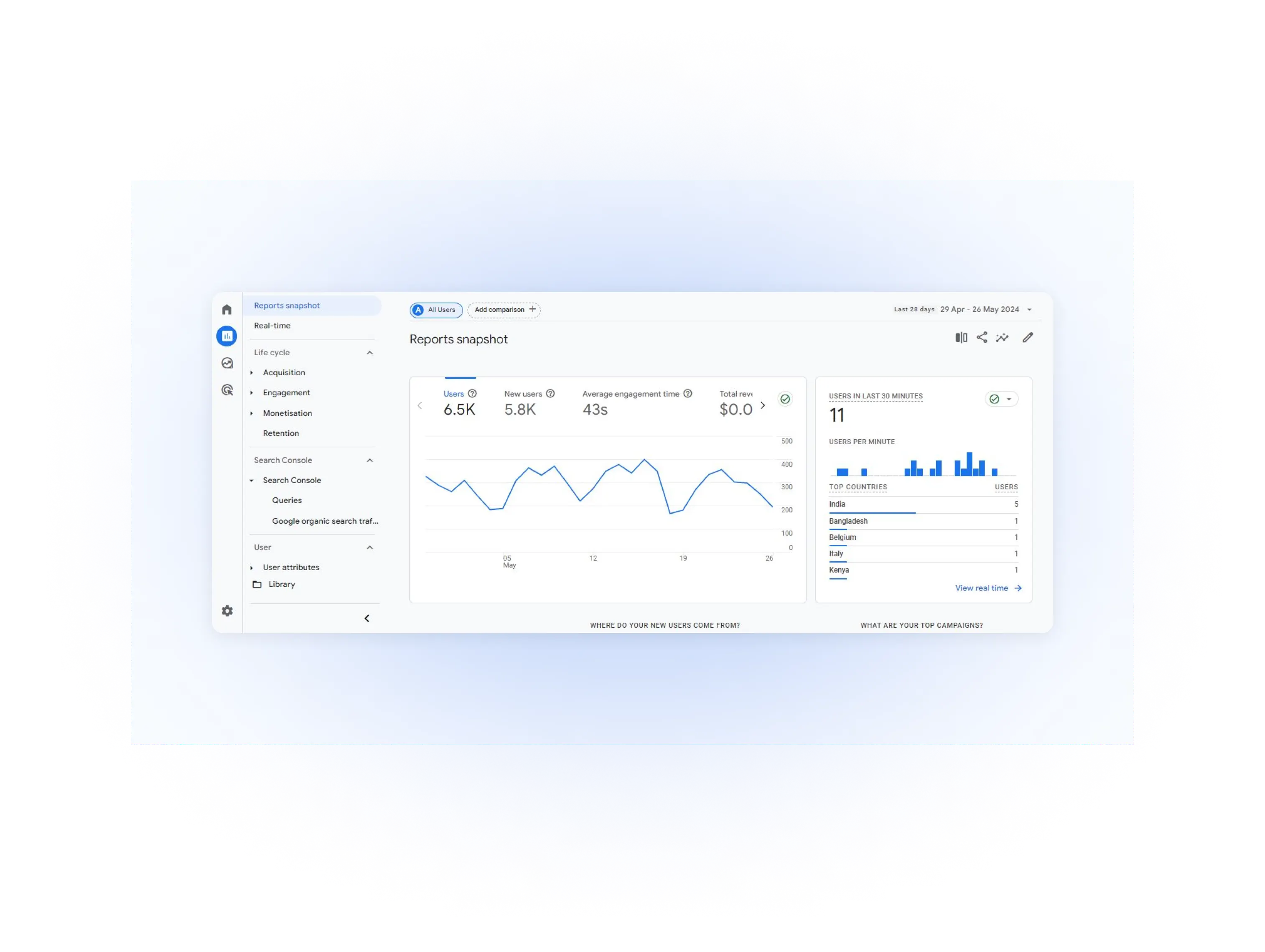
Overview: Google Analytics 4 is a powerful tool for understanding how your target audience interacts with your website and app. It tracks user behavior, demographics, and traffic sources.
Data Collected: Total number of users (traffic), most-used features in your web app, time spent, pages interacted with, demographic details (age, location), and traffic sources.
Price: Free

Overview: Create engaging online forms, surveys, and quizzes using 175+ pre-made templates. It offers AI-powered question-building and actionable form insights to share with your team.
Data Collected: Customer responses from surveys and feedback, net promoter scores, payment details, e-signatures, etc.
Pricing:
Free: $0/month (50 AI questions, 500 responses, 1 user)
Starter: $9/month (100 AI questions, 1000 responses, 3 users)
Premium: $24/month (500 AI questions, 5000 responses, 5 users)
Professional: $49/month (1000 AI questions, 10000 responses, 7 users)
Advanced: $99/month (2000 AI questions, 100000 responses, 10 users)
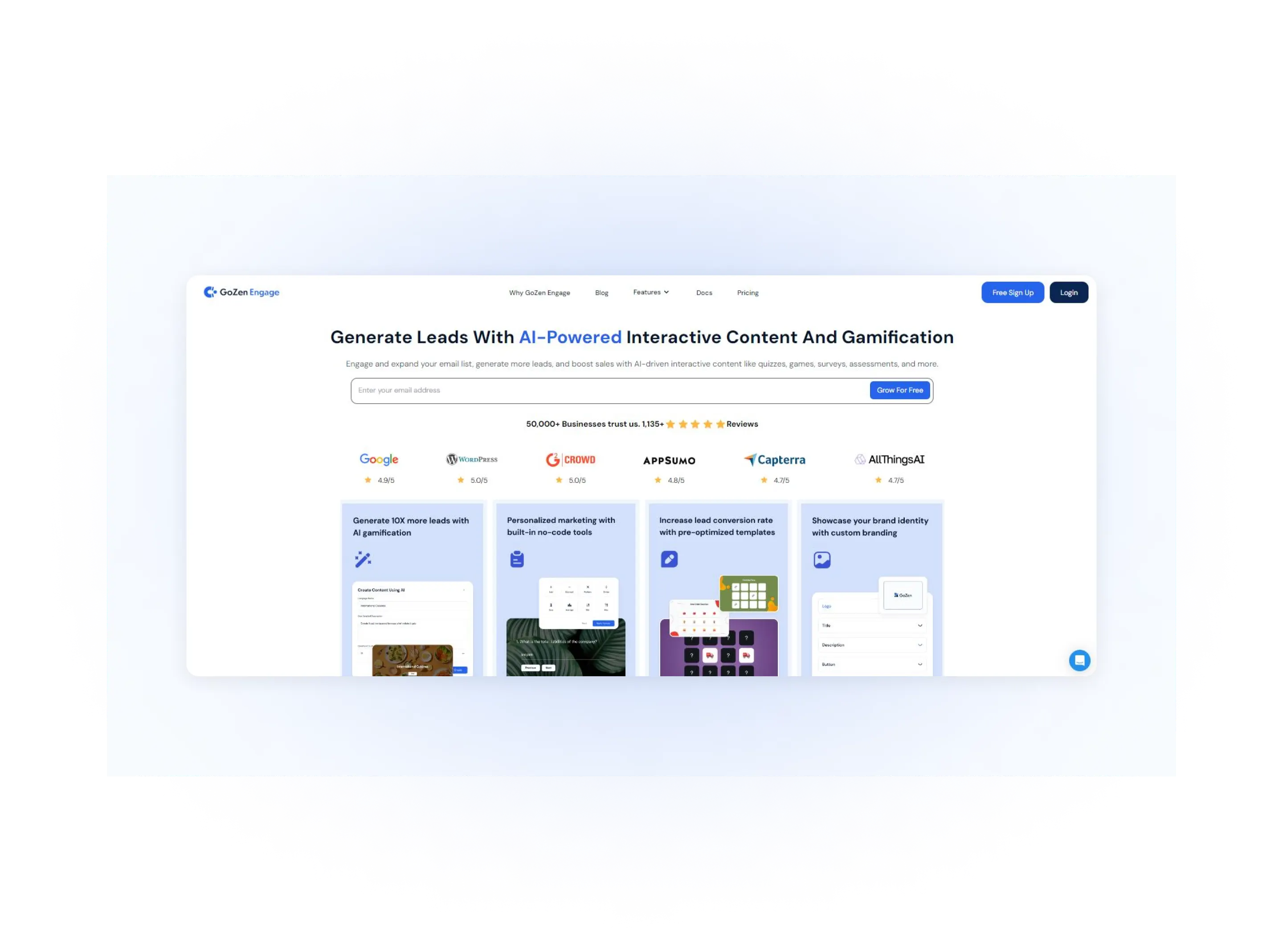
Overview: GoZen Engage is a platform for creating interactive, gamified content with 1000+ templates to boost audience engagement, lead generation, and sales.
Data Collected: Customer interactions and responses, lead information, campaign metrics (views, clicks, responses).
Price:
Free: $0/month (200 views, 1 site, 1 user)
Starter: $9/month (5000 views, 3 sites, 2 users)
Premium: $24/month (10000 views, 5 sites, 3 users)
Professional: $49/month (25000 views, 10 sites, 5 users)
Advanced: $99/month (Unlimited views, 15 sites, 10 users)
4. Optinly
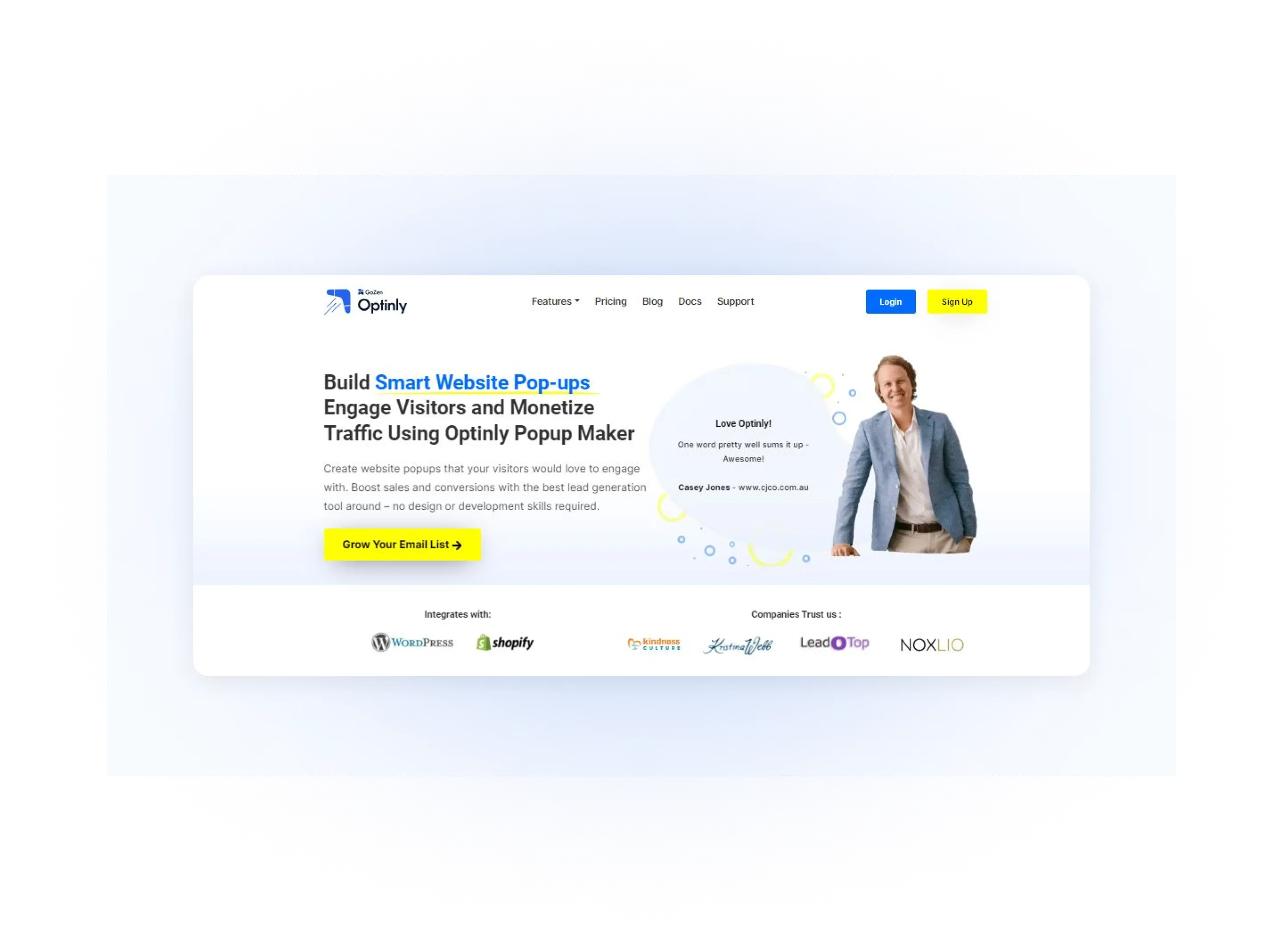
Overview: Optinly is an intelligent messaging platform with various pop-up templates to maximize lead generation and sales conversions.
Data Collected: Email address, name, phone number, campaign data (views, clicks, responses).
Pricing:
Free: $0/month (2500 views/month, basic features)
Starter: $9/month (15000 views/month, 1 site, 120+ premium templates)
Growth: $25/month (25000 views/month, 5 sites, 120+ premium templates)
Advanced: $49/month (100000 views/month, 5 sites, all premium templates)
Premium: $99/month (300000 views/month, 5 sites, all premium templates)
5. GoZen Notify
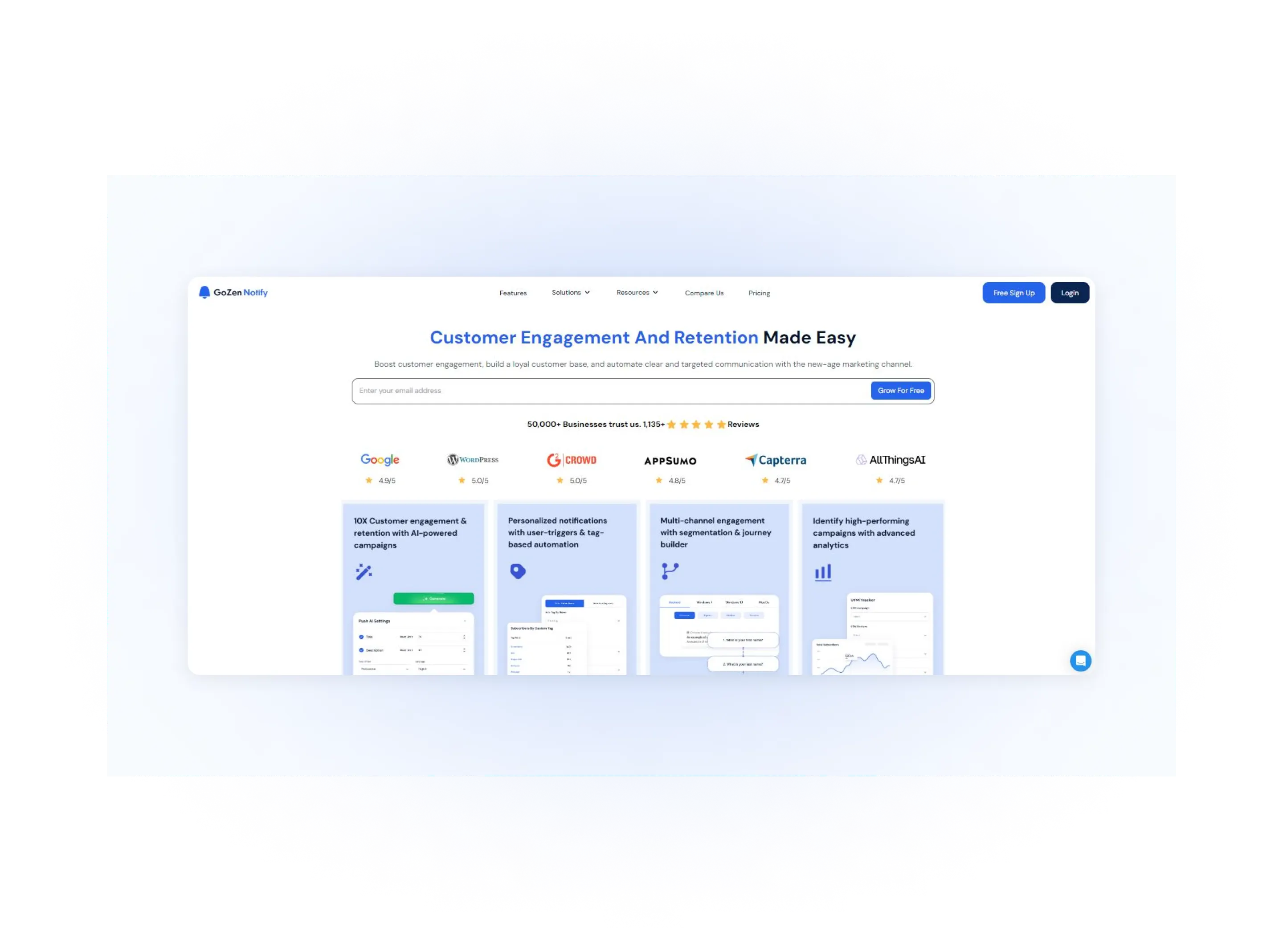
Overview: GoZen Notify is an AI-powered push notification software designed to engage users with timely website notifications.
Data Collected: Push notification preferences and other campaign-related metrics like subscriber count, campaigns sent, opens, and unsubscribes.
Pricing:
Free: $0/month (1 website, 100 subscribers, 200 push notifications views)
Basic: $9/month (3 websites, 5000 subscribers, 10000 push notifications views)
Essential: $49/month (5 websites, 10000 subscribers, 25000 push notifications views)
Professional: $99/month (10 websites, 15000 subscribers, 35000 push notifications views)
Enterprise: $249/month (Unlimited websites, Unlimited subscribers, Unlimited push notifications views)
6. ConvertKit
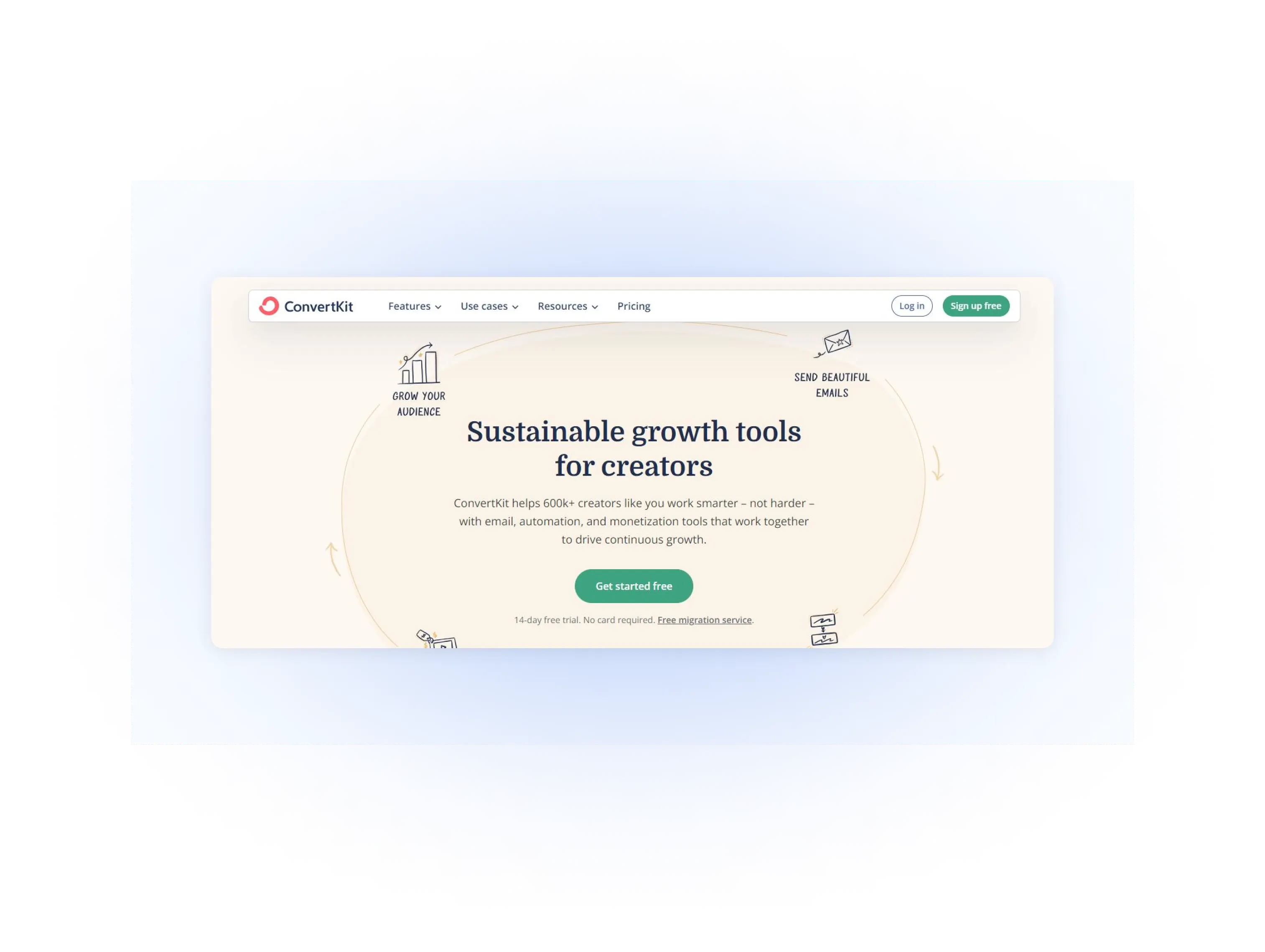
Overview: ConvertKit is a lead capture and email marketing tool for creators. It allows you to design landing pages and pop-up forms to capture leads, create emails, and set up automation to put email marketing on autopilot.
Data Collected: Subscriber information, email engagement data (open, click, unsubscribe rates), and purchase data.
Pricing:
Free: $0/month (Free for up to 1000 subscribers)
Creator: $9/month ($108 billed annually for every 300 subscribers)
Creator Pro: $25/month ($290 billed annually for every 300 subscribers)
7. GoZen Growth

Overview: GoZen Growth is a cold email marketing and automation platform focused on spam-free cold outreaches and personalized email communication.
Data Collected: Email engagement data (open rate, click rate, delivery rate, spam reports, unsubscribe), top engaged contacts, web browser used.
Pricing:
Free: $0/month (200 contacts, 200 emails, 1 user)
Starter: $9/month (500 contacts, unlimited emails, 3 users)
Essential: $25/month (500 contacts, unlimited emails, 5 users)
Professional: $99/month (500 contacts, unlimited emails, 10 users)
8. Typeform
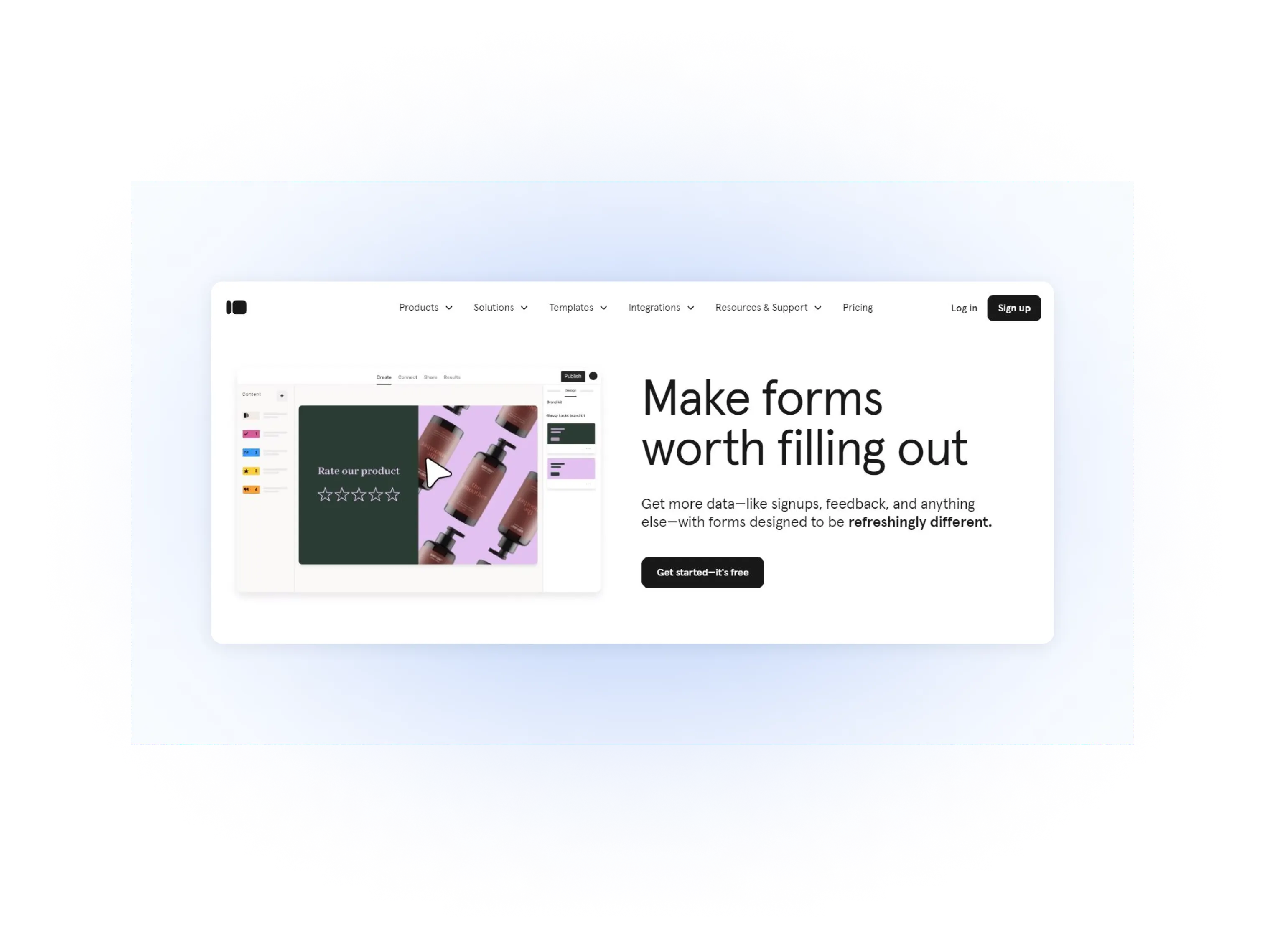
Overview: Typeform helps you design conversational forms, surveys, and quizzes for easier data collection.
Data Collected: Survey responses, form submissions, customer feedback, net promoter scores, payment details, and files.
Pricing:
Free: $0/month (10 responses, 1 seat, Unlimited forms)
Basic: $25/month (100 responses, 1 seat, accept payments, file uploads)
Plus: $50/month (1000 responses, 3 seats, Remove GoZen Branding)
Business: $83/month (10000 responses, 5 seats, Salesforce integration)
9. OptinMonster
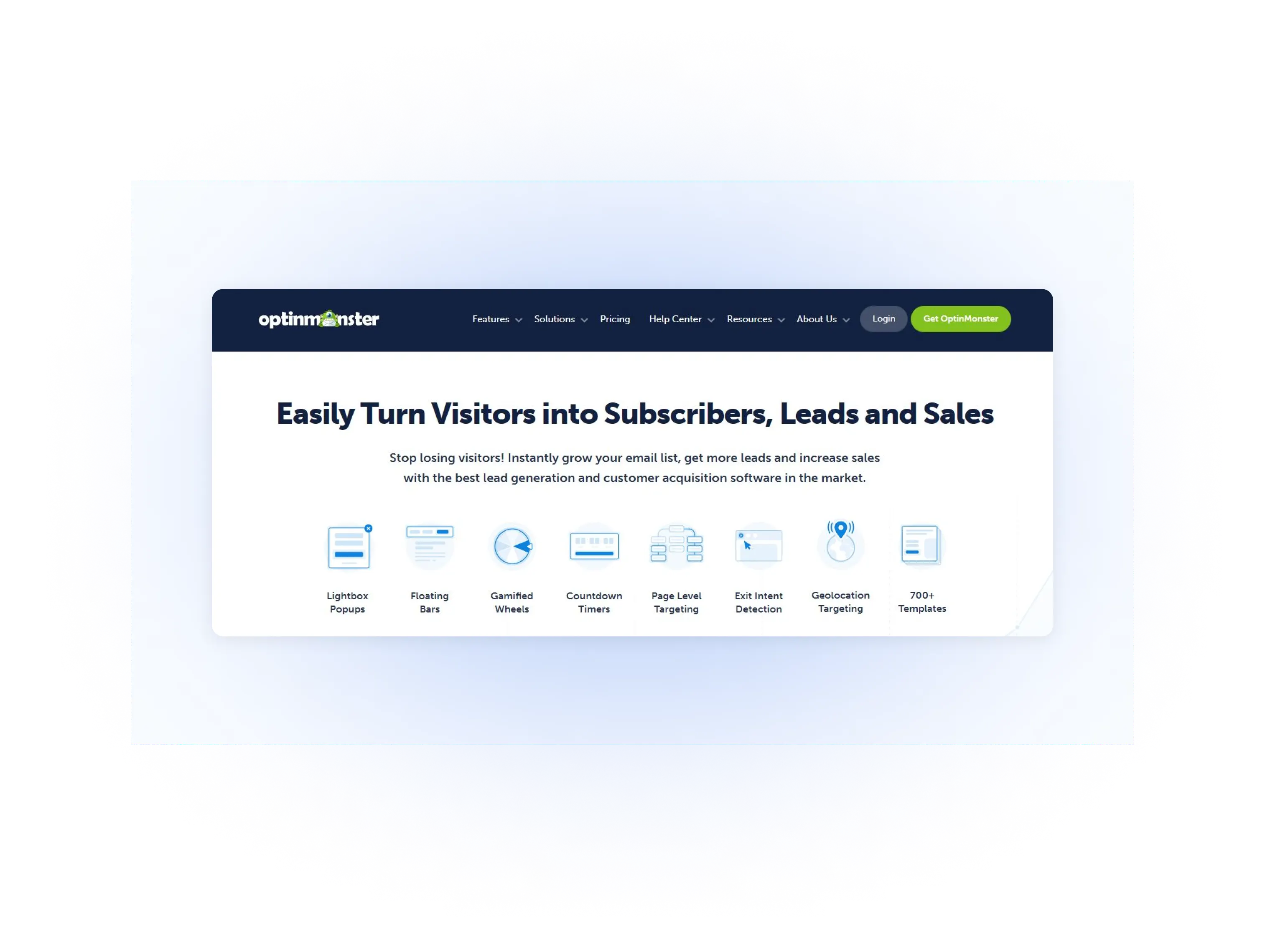
Overview: OptinMonster is a lead generation software that helps convert website visitors into subscribers and customers using multiple varieties of pop-ups and real-time behavior automation.
Data Collected: Subscribers, sales, conversion rate, clicks, views, device, and browser data.
Pricing:
Basic: $9/month (1 site, unlimited campaigns)
Plus: $19/month (2 sites, unlimited campaigns)
Pro: $29/month (3 sites, unlimited campaigns)
Growth: $49/month (5 sites, unlimited campaigns)
10. Hotjar
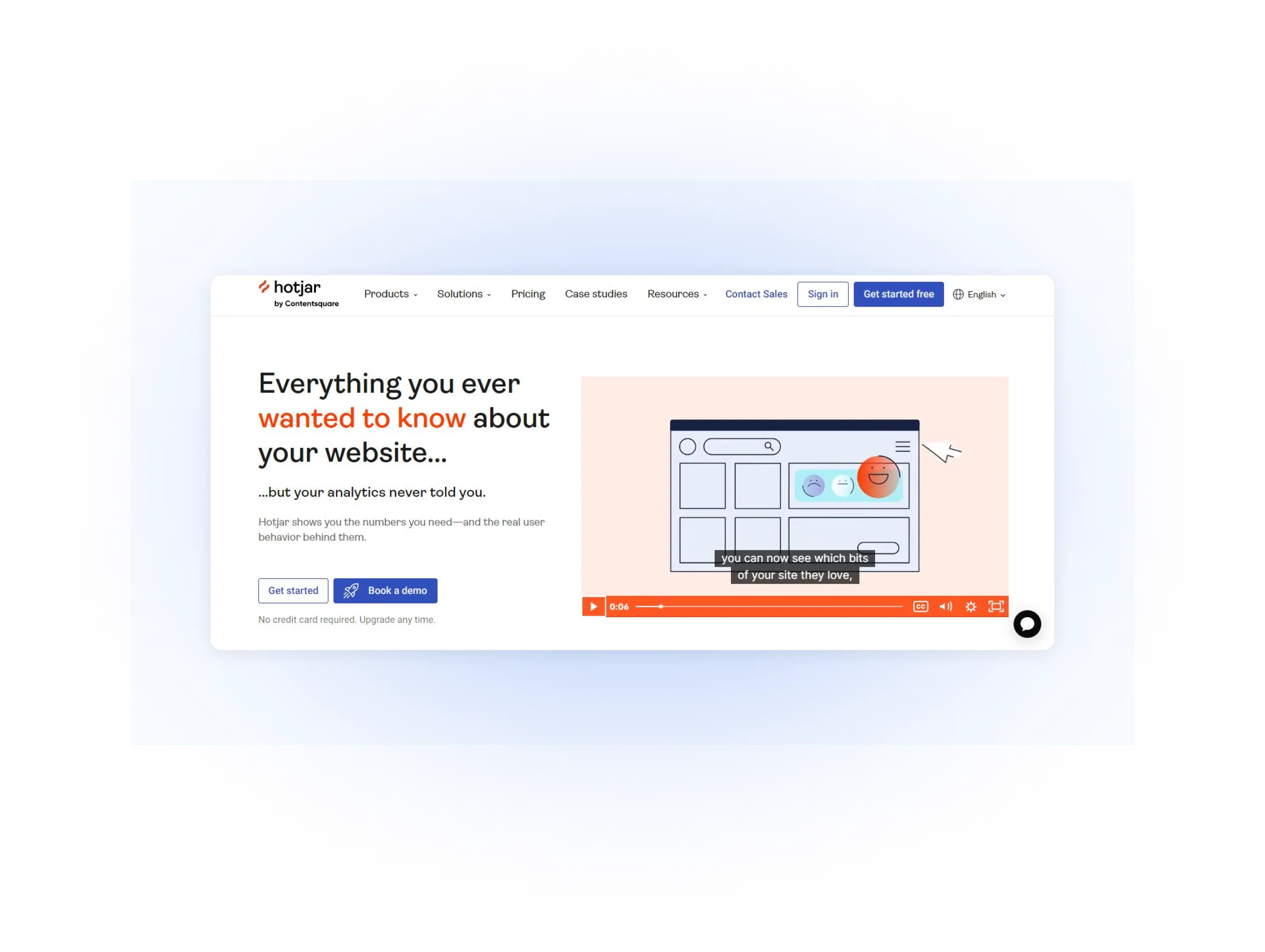
Overview: Hotjar provides user experience and behavior analytics with tools like heatmaps, session recordings, and feedback.
Data Collected: User interaction data (clicks, mouse movements, scrolling), session recordings, survey responses, and feedback comments.
Pricing:
Basic: $0/month (35 daily sessions, unlimited heatmaps, session recordings, basic filters, HubSpot integration)
Plus: $39/month (100 daily sessions, page view filters, session information, and technology filters, events API)
Business: $99/month (500 daily sessions, behavior and experiment filters, frustration and engagement scores, Identify API)
Scale: $213/month (270k daily sessions, funnels, and trends, console tracking errors, entered text and error filters, Hotjar API)
Integrating first-party data into your marketing with a Customer Data Platform
Collecting first-party data from diverse sources is a powerful strategy to understand customers like never before.
However, the real value emerges when this diverse data is integrated and combined into meaningful customer profiles. A Customer Data Platform (CDP) excels at this task.
What is a CDP and How Does It Work?
A Customer Data Platform (CDP) is software that combines data from multiple sources to create a unified version of customer profiles.
These unified customer profiles can then be segmented into various customer segments, which can be integrated into other marketing tools, such as email marketing platforms, to create personalized marketing campaigns.
Here’s how the CDP works,
Data Collection: Send your website behavior and social media analytics data into the CDP.
Profile Creation: The CDP combines and links data from various sources using advanced identity resolution techniques to create unified customer profiles.
Segmentation: The CDP segments these unified profiles into various customer segments based on specific criteria (e.g., frequent buyers, high engagement users, cart abandoners).
Activation: These segmented profiles are then integrated into marketing tools like an email marketing platform.
Personalized Campaigns: Then, You can send customized email campaigns to each segment using the email marketing tool.
What’s the difference between Data management platform (DMP) and Customer data platform (CDP)?
Here’s what the ‘Data management platform (DMP)’means,
A Data Management Platform (DMP) is a tool used primarily for advertising purposes.
It collects, segments, and stores anonymous third-party data, which means data collected from multiple sources and sold to other businesses.
DMPs focus on audience aggregation and anonymizing data to create large data sets.
These data sets are then used for data segmentation and ad targeting. They are typically stored for short periods.
And here’s what differs Customer data platform (CDP) from the Data management platform (DMP),
Customer data platform (CDP):
Data Type: Primarily first-party data, including PII.
Purpose: Long-term customer engagement and detailed profiling.
Storage Duration: Long-term.
Customer View: Unified and comprehensive.
Data management platform (DMP):
Data Type: Primarily third-party data, anonymized.
Purpose: Audience segmentation and short-term advertising.
Storage Duration: Short-term (typically 90 days).
Customer View: Anonymized and segmented.
5 real-world examples of companies collecting and successfully using first party data (Don’t miss the 5th one)
1. GoZen Forms AI - Product Feedback Before Launch

Before launching GoZen Forms AI,
We always have our specific customers try out the product and give critical feedback.
After collecting product feedback from our targeted customers, we use the suggestions and insights to tweak our product and note down changes for the future.
GoZen Forms AI reached close to a million dollars in sales because it acted on the customer feedback it collected.
This demonstrates the power of collecting first-party data for revenue growth.
2. Think with Google - Signup Data to Access Content
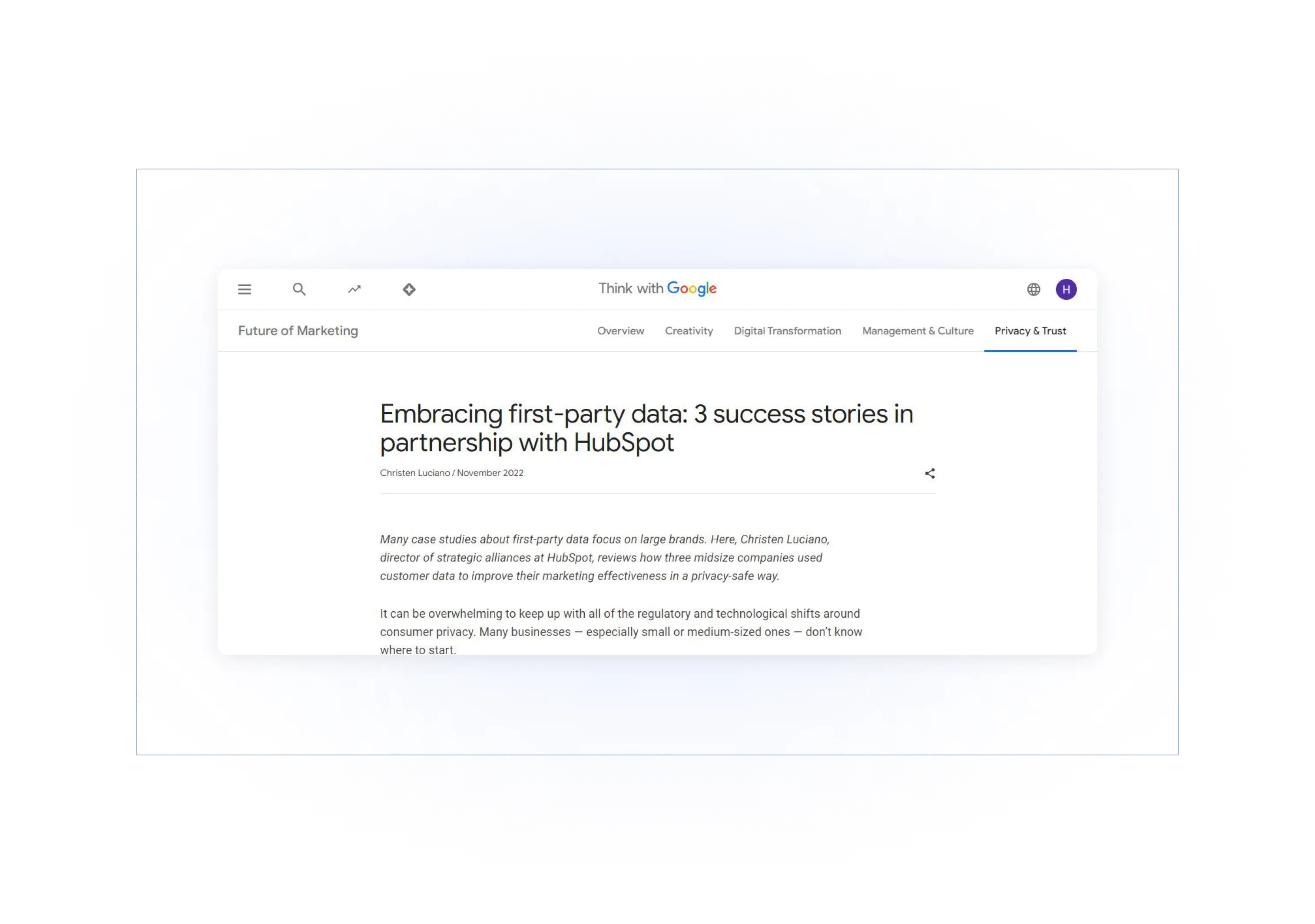
While searching for real-life success stories of brands capturing first-party data,
I found the ‘Think with Google’ website and a page about ‘3 success stories of using first-party data.‘
I was excited to read the blog, but Google asked me to sign up before accessing it. (Oh, come on, Google!)
Initially hesitant, (Heh…Like I would give)
Then, I realized this was a prime example of first-party data collection. (Wait for a…second!)
By asking for my signup data, Google captured valuable first-party data from me.
Well done, Google…Well done.
3. GoZen - Cold Email Optimization
We had been running cold email campaigns for months. Still, the results were disappointing, with low delivery, open, and click rates.
Frustrated, we decided to analyze three months’ worth of campaign data (first-party data) to identify the issues.
We found that long, messy email copies and a lack of personalization in the subject lines negatively impacted our engagement rates.
Shortening the email copy to six lines and including the recipient’s first and company names in the subject line improved our campaign results.

Collecting and analyzing email engagement data was crucial to this success.
4. Lenskart - Personalized Product Recommendations
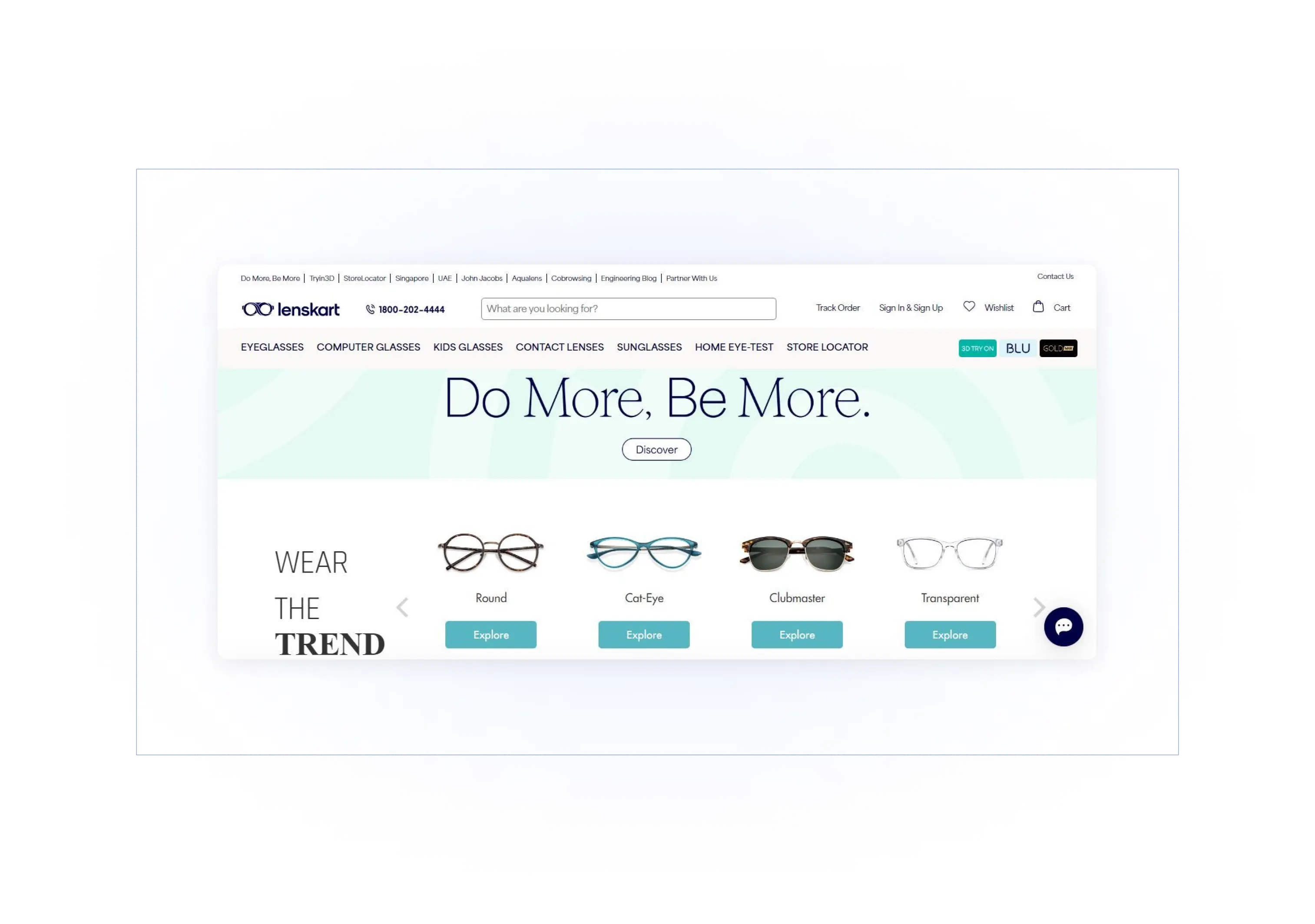
Lenskart, an e-commerce business selling custom eyeglasses, excels in using first-party data for personalized offers.
After providing my name, email address, and phone number during registration, I browsed and added eyewear to my cart - Because I knew I wouldn’t purchase it ;)
Lenskart sent me a personalized SMS offering similar eyeglasses at a discount a week later.
This non-intrusive recommendation was perfectly timed and based on my previous interest, prompting me to add more items to my cart - but I still haven’t bought.
Lenskart effectively combined my registration data with behavioral data to send personalized offers at the right time, showcasing the power of first-party data.
5. Stanley Water Bottles - $75 Million to $750 Million in 5 Years
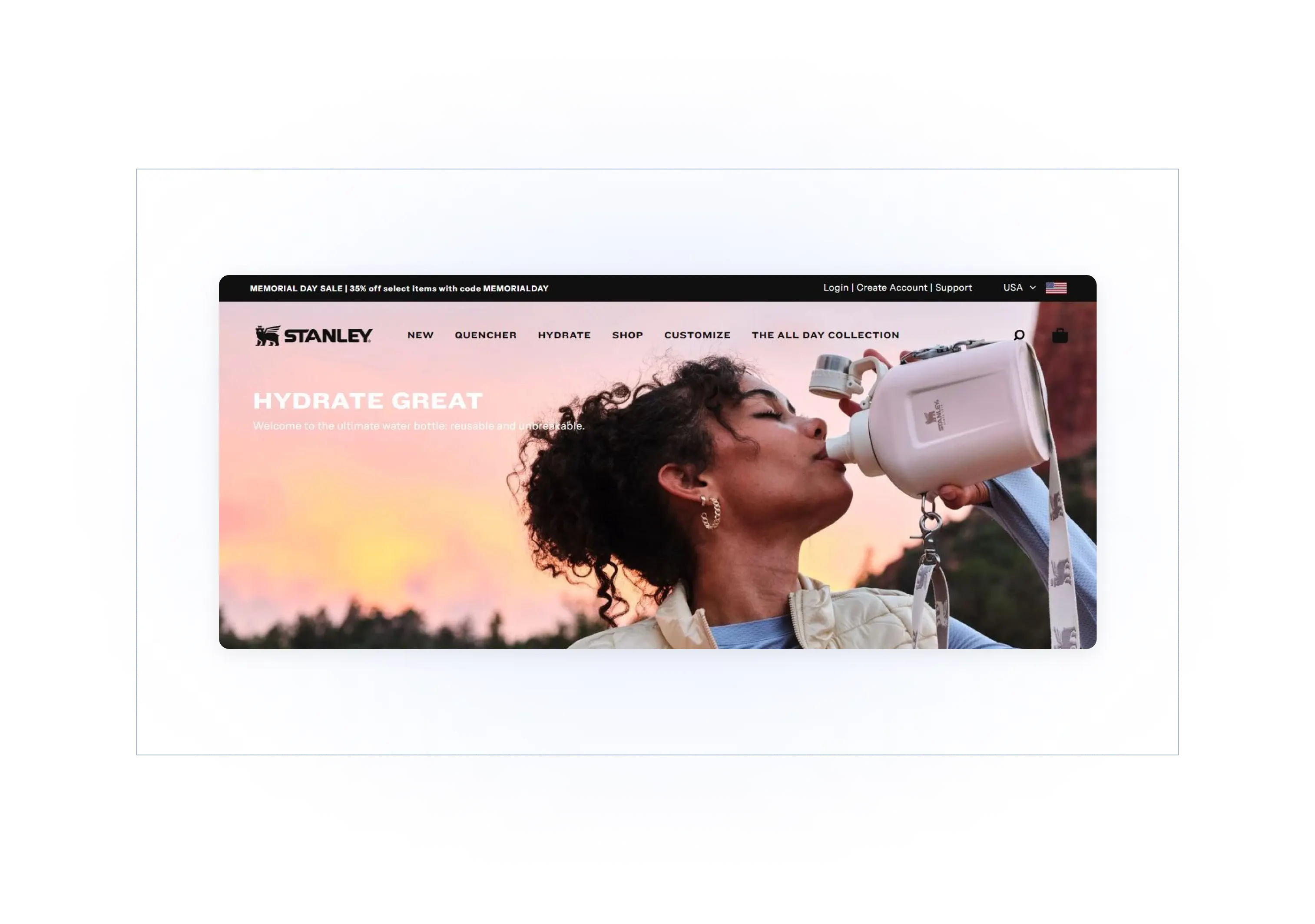
Watch this short video:
The way Stanley became successful is not in their direct control because some group of women loved Stanley and sold it on their website, resulting in a viral effect,
But Stanley, after realizing the potential of their failed ‘Quencher model,’ started collecting feedback from their customers and making major and minor changes to their product, which made even more people buy the bottle and spread the word around.
Based on customer feedback, Stanley introduced new colors in the ‘Quencher model’ and hired an influencer marketing agency to target the TikTok audience.
This strategy, informed by customer feedback, helped Stanley grow from $75 million to over $750 million in just five years.
The power of first-party data is proven in their remarkable growth.
FAQ Questions
1. How to Collect First-Party Data
You can collect first-party data through various methods, including:
2. What are First-Party Apps?
First-party apps are applications created by the same company that owns the operating system or platform they run.
For example, Apple develops its own apps, such as Safari and Apple Music, for its iOS operating system.
3. Is Cookie Data First-Party Data?
Cookie data can be considered first-party data, depending on its source:
First-Party Cookies: These cookies are created and placed by the website you are currently visiting. They enhance the user experience by remembering settings, login information, and items in your cart.
Data collected from these cookies is considered first-party data.
Third-Party Cookies: Placed by domains other than the one you are visiting, these cookies track online behavior and are used for personalized ads.
Data from these cookies is considered third-party data.
4. Is Google Analytics First-Party Data?
Yes, Google Analytics data is first-party data.
It comes directly from your website, an owned channel.
It includes user behavior metrics like page views, time spent, and conversions. This data is considered first-party because it’s collected from your audience (Traffic) via your website.
5. Can You Sell First-Party Data?
It’s possible to sell first-party data to other businesses.
However, when another business uses it, it becomes second-party data.
Consider these factors before selling your data:
Privacy Laws: Ensure compliance with regulations like GDPR and CCPA, which require obtaining consent from individuals whose data is being collected and sold.
User Consent: Clearly communicate your privacy policies and obtain explicit consent before collecting data.
Explain how the data will be used and if it will be sold.
Data Security: Ensure data is encrypted, securely stored, and access is controlled.
Protect data both in transit and at rest.
Use reliable storage solutions. Limit data access to authorized personnel.
Confirm that the buyer has strong data protection practices and outline security practices in the agreement.
Transparency: Maintain transparency about your data practices to build trust.
Explain what data is collected, how it’s used, and with whom it will be shared.
Data Quality: Ensure the data is accurate and relevant. Selling outdated or inaccurate data can harm your reputation.
Brand Ethics: Consider the impact on customer privacy and your brand’s reputation before selling first-party data.
6. What are the Limitations of First-Party Data?
Limited Scope and Reach: Restricted to existing customers and users, lacking insights into new potential audiences.
High Costs: Successfully using first-party data requires significant investment in CRM systems, Customer data platforms (CDP), and Data management platforms (DMP), which can be costly for small—to medium-sized enterprises.
Inaccuracy Issues: First-party data relies on user input, which can be incorrect or outdated, making it less reliable over time.
Privacy Compliance: Ensuring compliance with GDPR and CCPA requires complex data protection measures and explicit user consent.
Integration Challenges: Combining first-party data with second and third-party data is technically complex and requires sophisticated management solutions.
Resource-Intensive: Demands significant time, money, and personnel to manage data collection, analysis, and interpretation, making it challenging for startups and small businesses.
Conclusion
While there are tons of tools out there to collect party data, what matters the most is using the data gathered from multiple variety of sources into a meaningful insight that can be used in your marketing right away,
CDP (Customer Data Platform) is the best tool for unifying data, creating customer profiles, and producing ready-to-use insights for personalized marketing.
Critical things to consider before investing in CDP platform:
1. What’s the price?
2. How advanced should the tool be? (Some CDPs are AI and machine learning optimized)
3. How easy and fast is it to set up and use the tool immediately?
4. How’s the security of your data inside the platform handled? also while transferring it to other tools
5. How easy is it to train your team on it?
6. How many integration options are available?
7. How user-friendly and smooth is the tool for long-term usage to avoid time and effort wastage?
You have to ask the above questions before considering buying a CDP platform.
A Question for you:
What’s your 1 biggest takeaway from this blog?



